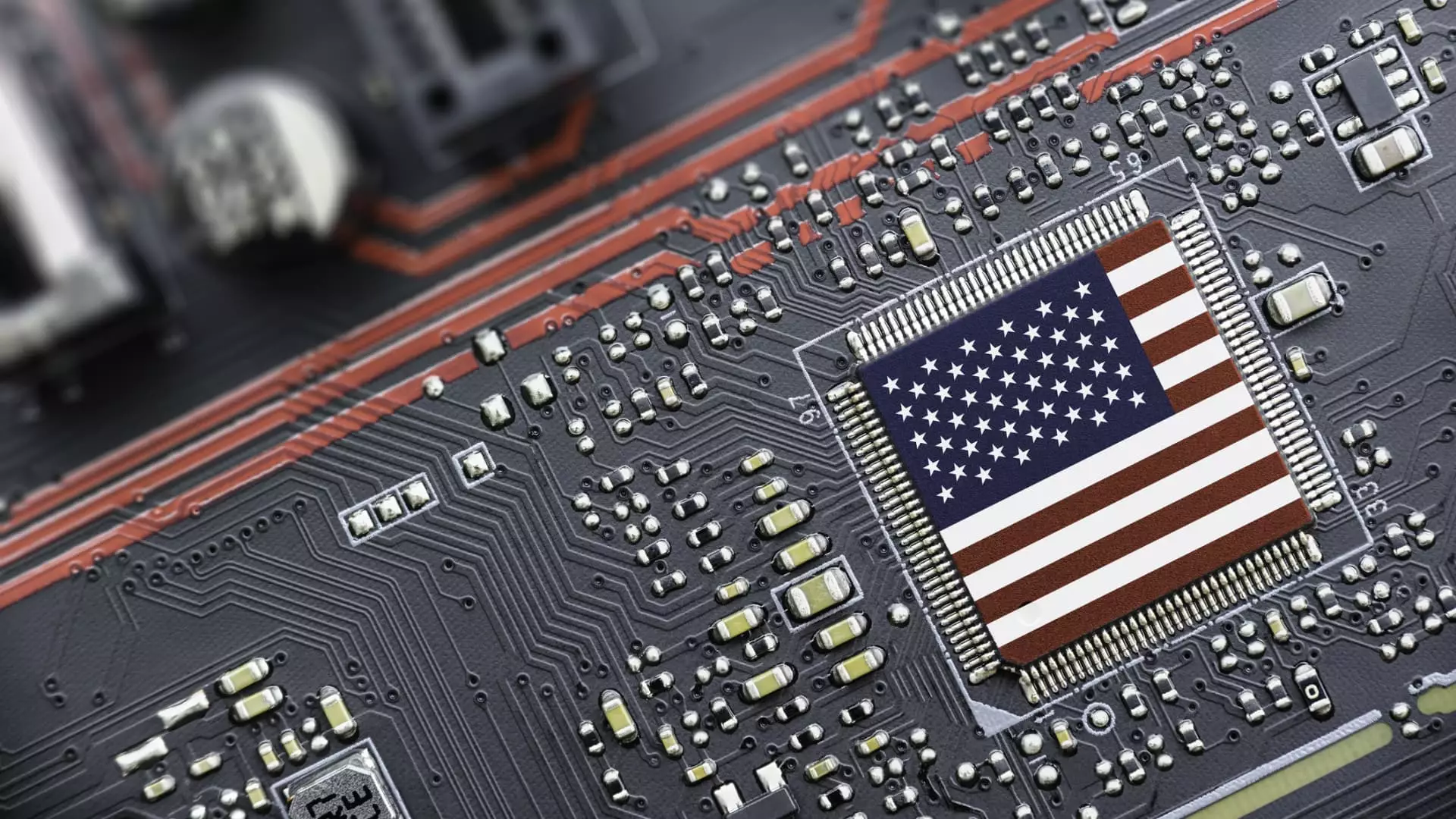The landscape of global trade is undergoing a seismic shift, particularly as it pertains to one of the defining technologies of our era: semiconductors. The U.S. Commerce Department’s recent announcement of a national security investigation into semiconductor imports underscores a crucial strategic pivot toward safeguarding technological sovereignty. As the specter of dependency on foreign chip manufacturers looms large, particularly from sensitive regions, there’s no doubt that the implications of this probe will ripple throughout the global economy.
The investigation calls for a dissection of various facets of semiconductor technology, which is fundamentally intertwined with nearly every modern electronic device. The comprehensive scope of this inquiry raises the stakes not only for manufacturers but also for patriots invested in America’s long-term technological health. People are beginning to wake up to the consequences of relying heavily on imports, particularly from nations like Taiwan and South Korea, insights the government seeks to translate into actionable policy.
Tariffs: A Double-Edged Sword
Historically, tariffs have been a contentious tool in the arsenal of economic policy. While intended to protect domestic industries, they often invite retaliatory measures and can inadvertently inflate consumer prices. In this context, President Trump’s latest remarks hint at a recalibrated approach toward tariffs specific to semiconductor imports — stating a possible trend toward separate tariffs for this critical sector within the broader technology market. This raises questions about whether these measures can indeed foster domestic growth or whether they may stall it amid rising tensions with trading partners.
Economists and industry analysts are weighing in, questioning whether the proposed tariffs will genuinely bolster American semiconductor manufacturing or if they will serve as an impediment. Some argue that targeted tariffs could enhance U.S. competitiveness by encouraging investment in domestic production, while others warn they could deter foreign investment that is vital for technology transfer and upskilling of local talent. Negotiating this balance will require deft policymaking that prioritizes both national security and economic viability.
The Road to Semiconductor Independence
One of the significant aims of this investigation is to increase domestic semiconductor capacity. The U.S. has struggled to secure a stable, self-reliant semiconductor supply chain. The Commerce Department’s probe not only explores the feasibility of bolstering local production but also examines potential trade measures. The investigation is framed within the context of the ongoing CHIPS and Science Act, which earmarks $280 billion for American semiconductor advancement. As a result, the examination aligns well with broader national efforts to revitalize American manufacturing.
Companies like Nvidia are stepping to the forefront, actively pledging to construct factories dedicated to the production of AI supercomputers entirely on U.S. soil. Their ambitious plans signal a hopeful trajectory toward self-sufficiency. Likewise, Taiwan Semiconductor Manufacturing has committed to amplifying its investments in U.S. manufacturing capabilities, reflecting a mutual understanding of the need for cooperation and innovation. These pivotal moves may lay the groundwork for a more robust and localized semiconductor ecosystem.
A Future Driven by Semiconductor Innovation
The implications of the U.S. Commerce Department’s investigation go beyond tariffs and production; they herald a future driven by innovative semiconductor technologies vital for global leadership in various sectors, including AI, automotive, telecommunications, and defense. With advancements in semiconductor technology underpinning the growth of artificial intelligence, the drive to regain manufacturing leadership can also be seen as pivotal for economic competitiveness in the coming years.
As discussions progress and public comments flood into the Commerce Department, there’s widespread speculation regarding what this will mean for international relations, the semiconductor landscape, and the U.S. economy at large. The strategy appears to signal an urgent quest to not only reestablish a foothold in the global semiconductor market but also to assume a position of influence at an opportune moment in history.
The U.S. is entering a new era, where the emphasis on technical autonomy might redefine the industry and the nation itself. While the investigation unfolds, stakeholders across sectors will be closely monitoring each maneuver, as the outcome could define the U.S.’s role in the increasingly complex global tech ecosystem for decades to come.


Leave a Reply